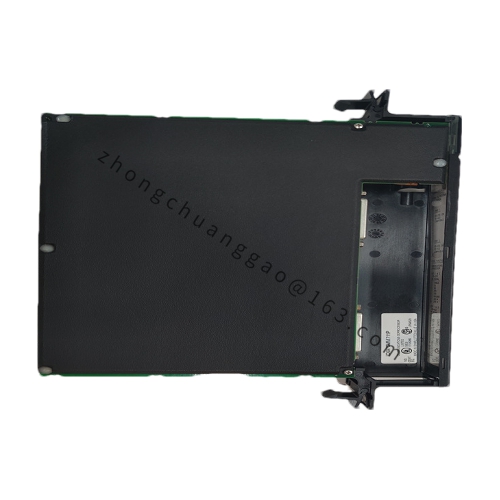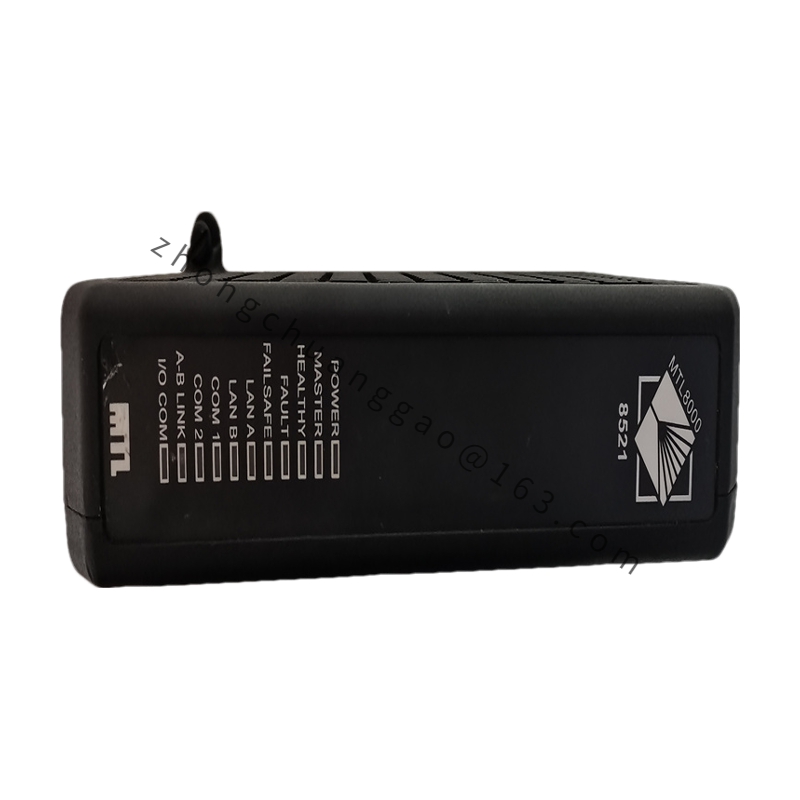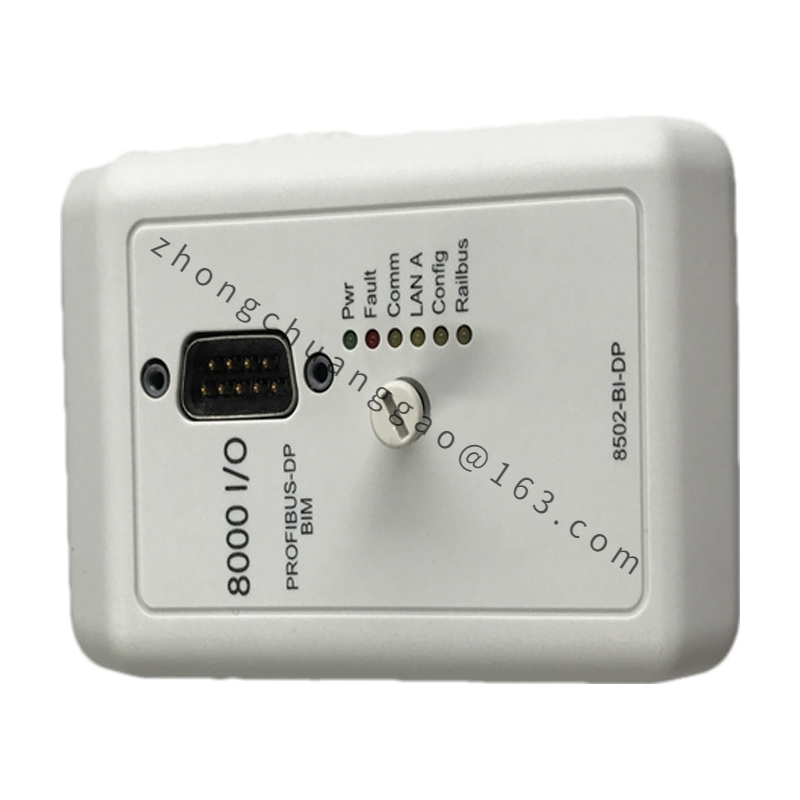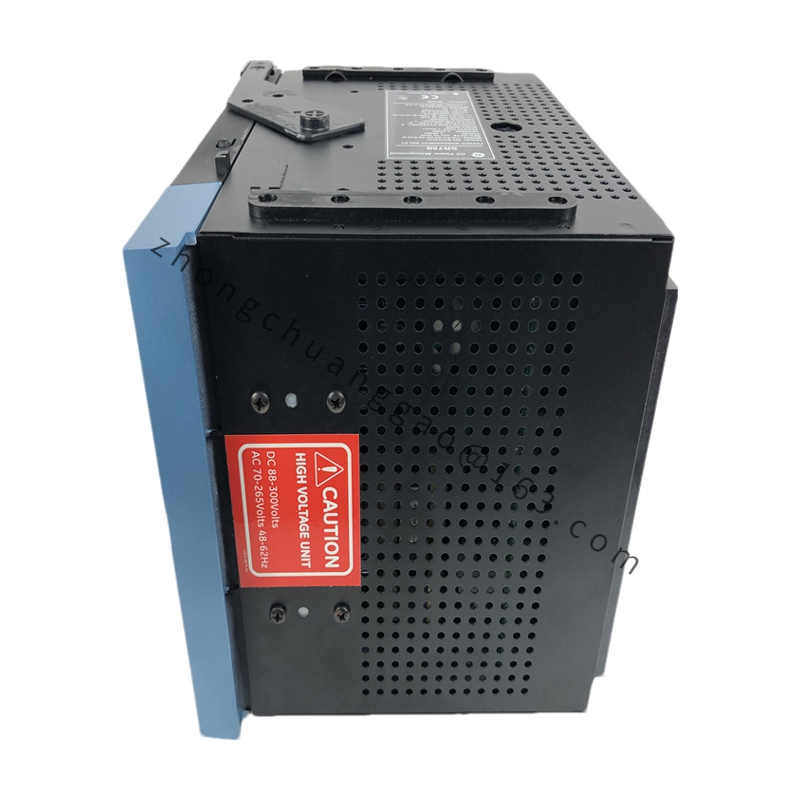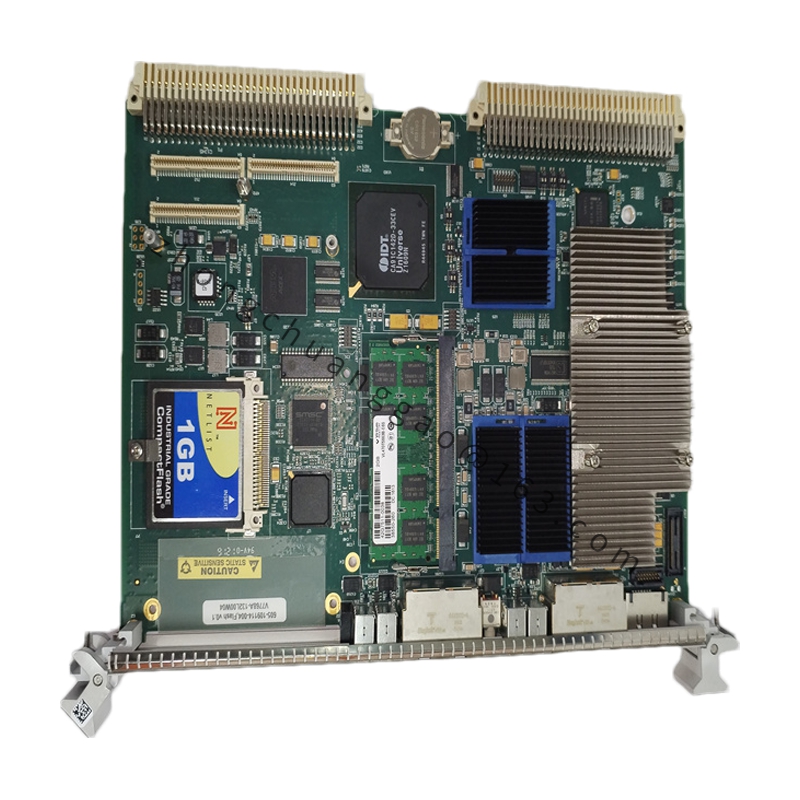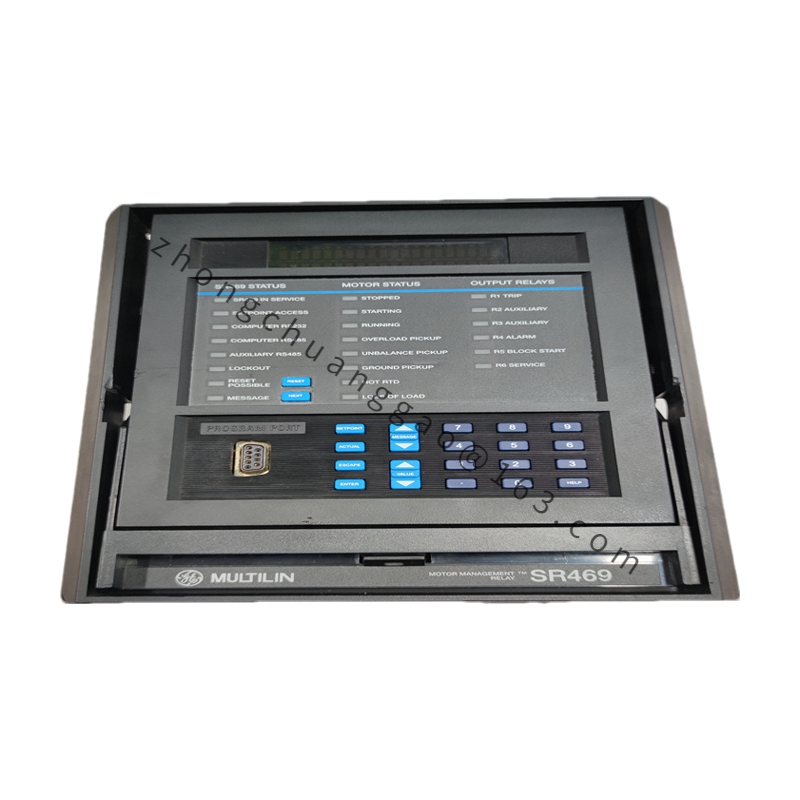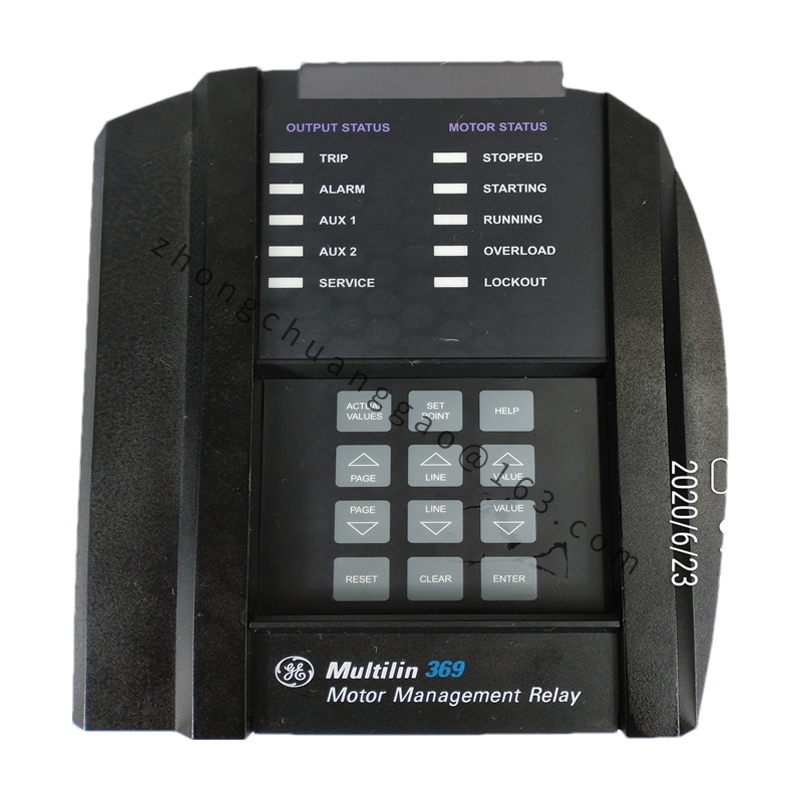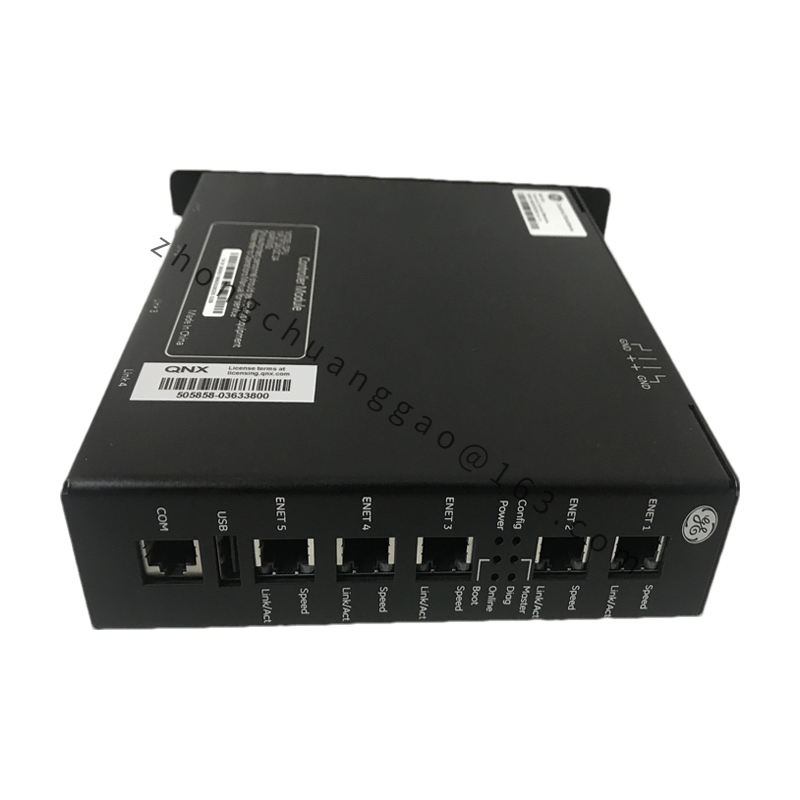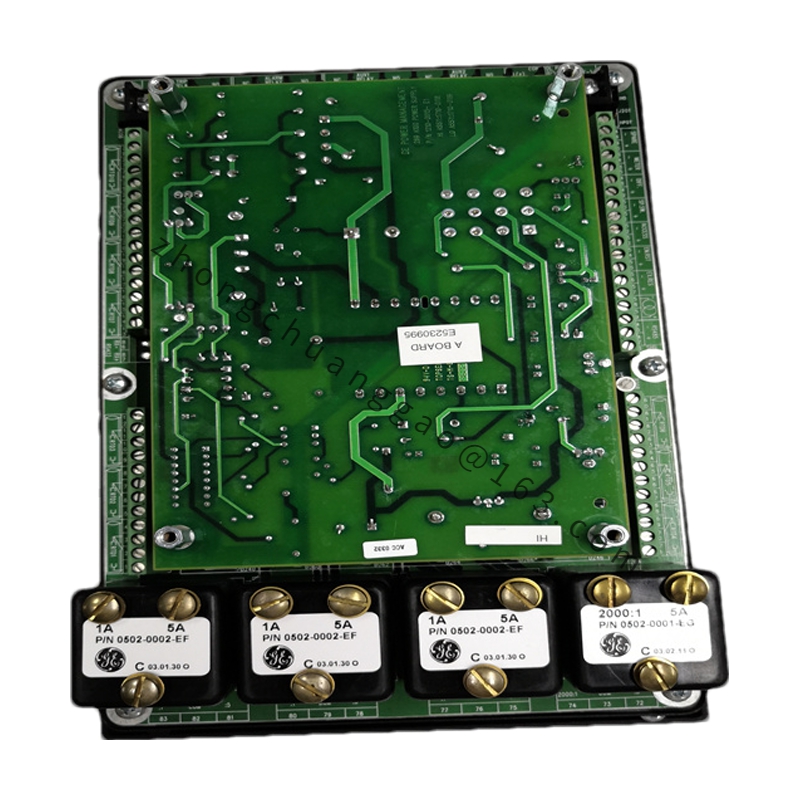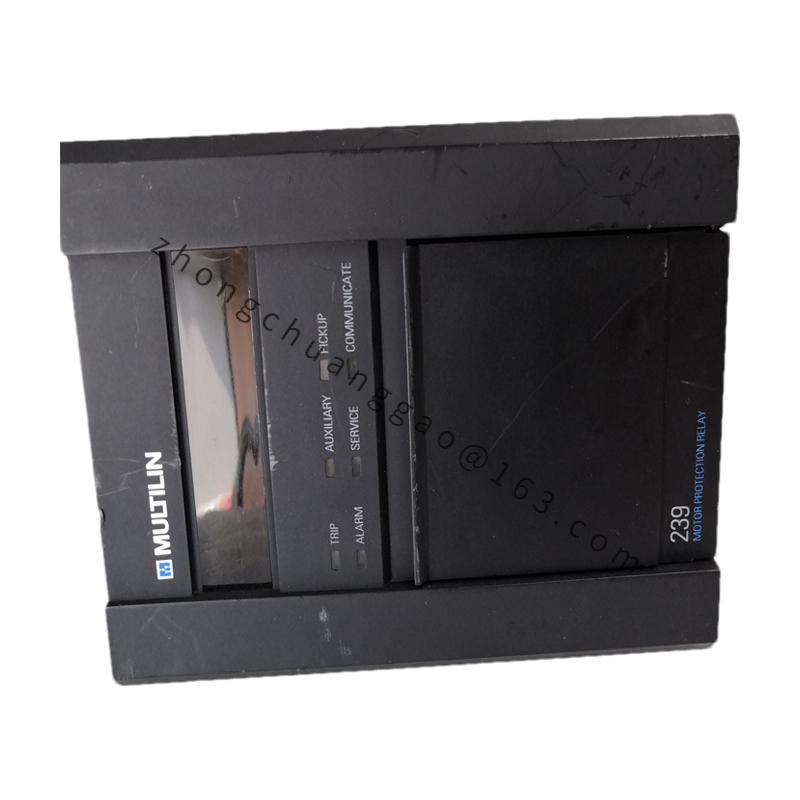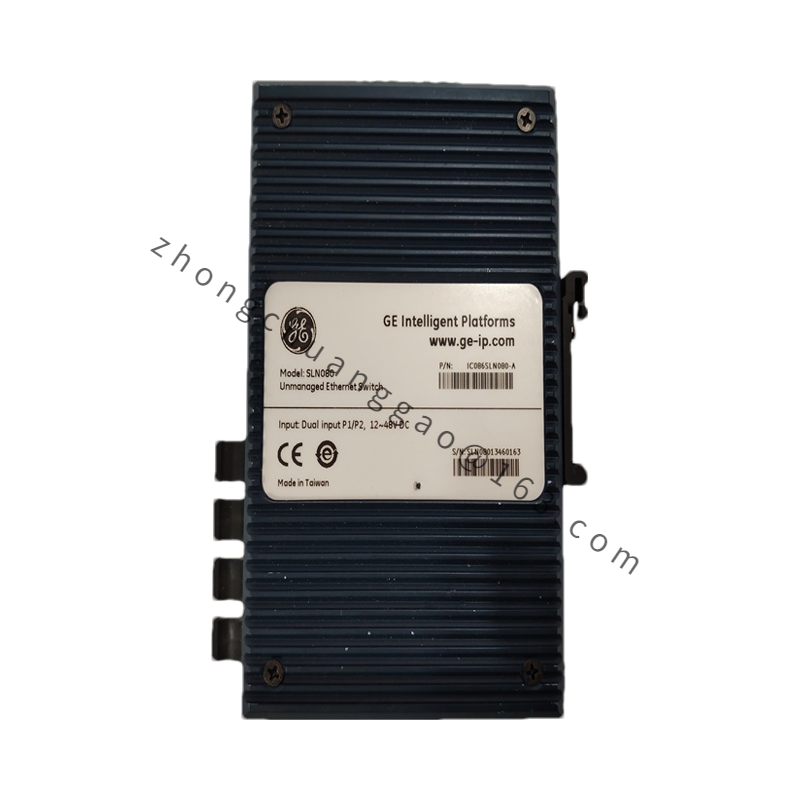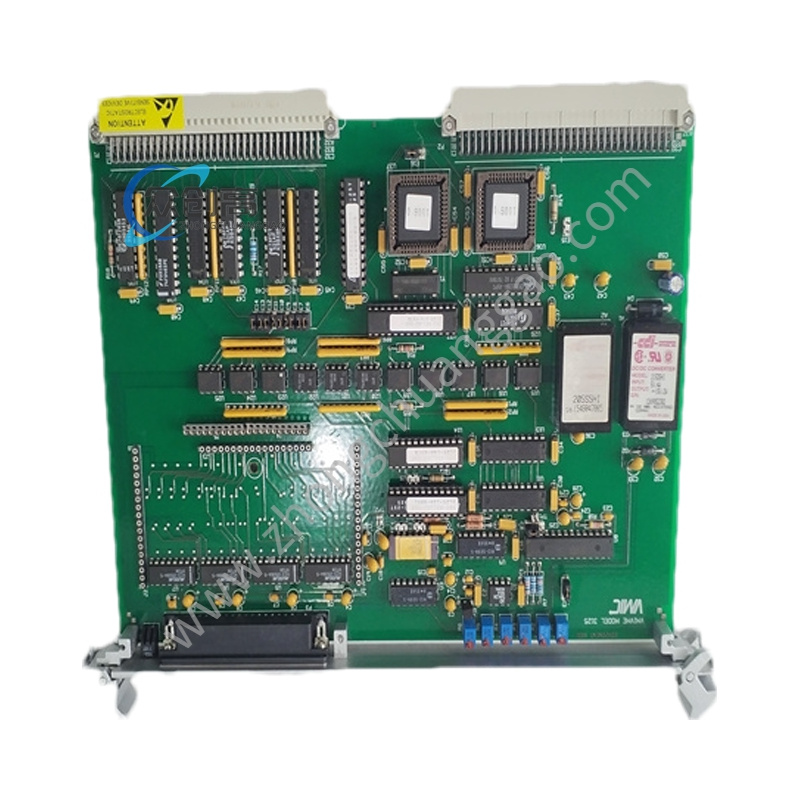GE IC697CMM711
Technical Specifications
Model: IC697CMM711
Type: Serial Communication Coprocessor
Compatibility: Designed for use with GEFanuc automation solutions, particularly enhancing the serial communication capabilities of programmable logic controllers (PLCs).
Supported Protocols: Handles multiple serial communication protocols such as RS-232, RS-422, RS-485, MODBUS, PPI, and PROFIBUS.
Communication Channels: Typically supports multiple serial communication channels, allowing simultaneous communication with multiple external devices.
Detailed content
Performance: Enhances system efficiency and flexibility by expanding the PLC’s serial communication capabilities.
Functional Characteristics
Protocol Conversion: Receives and interprets data from the PLC, converting it into a format suitable for specific serial communication protocols, and vice versa.
Communication Management: Manages communication sessions between the PLC and external devices, including connection establishment, data transmission, and session termination. Ensures data integrity and accuracy during transmission.
Multi-Channel Communication: Enables the PLC to communicate with multiple external devices simultaneously, improving system efficiency and flexibility.
Extended Communication Capabilities: Expands the PLC’s serial communication capabilities to accommodate more complex communication needs, such as long-distance communication, high-speed data transmission, or specific protocol requirements.
Reduced PLC Load: Shares some of the PLC’s communication tasks, allowing the PLC to focus more on control logic processing, thereby improving overall system performance.
Application Scenarios
Industrial Automation and Control Systems:
Production Line Automation: Manages communication between machines and with upper-level control systems to ensure smooth production processes.
Process Control: Assists in monitoring and adjusting various production parameters to ensure product quality and efficiency.
Power System Monitoring: Monitors and manages various power system equipment, such as transformers, generators, and distribution systems.
Infrastructure Management:
Water Treatment and Waste Management: Helps monitor water treatment equipment and waste management systems for efficient and safe operation.
Railway Signal Systems: Ensures safe train operation and optimizes transportation efficiency.
Aviation and Maritime Control: Implements complex control and communication systems for safe and efficient transportation.
Intelligent Building Management: Facilitates building automation, including lighting, HVAC, and security systems.
Infrastructure Monitoring: Monitors and manages equipment in bridges, tunnels, highways, and other infrastructure to ensure safety and reliability.
Robotics and Automation Equipment:
Enables communication and control of robots for high-precision movements and operations.
Assists in integrating and coordinating automated equipment to improve production efficiency and flexibility.

